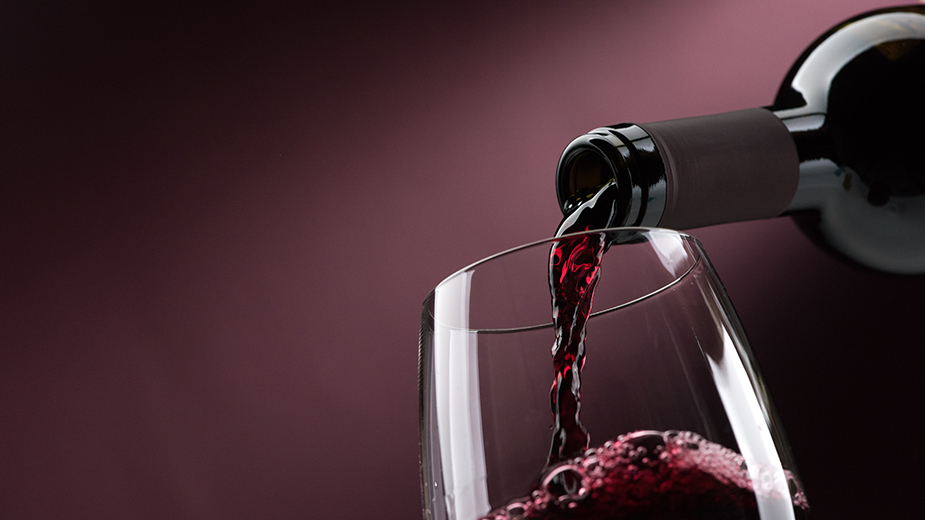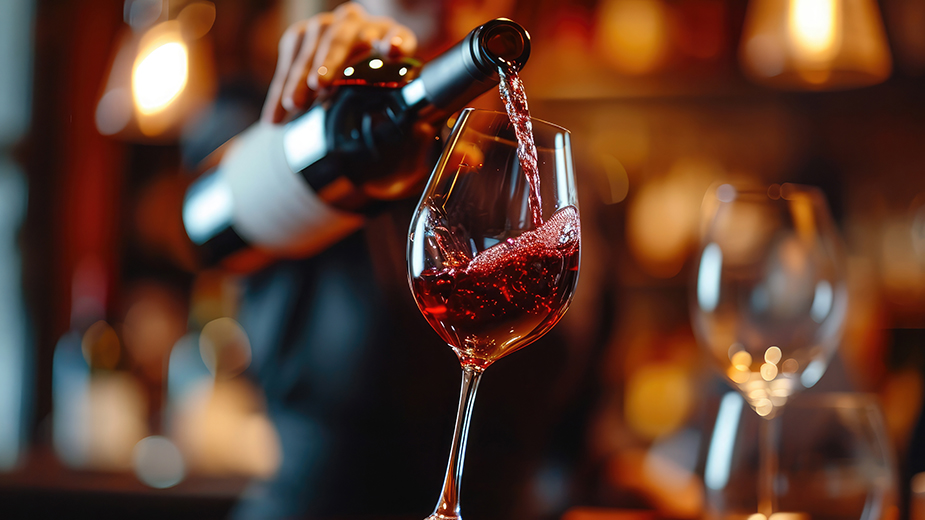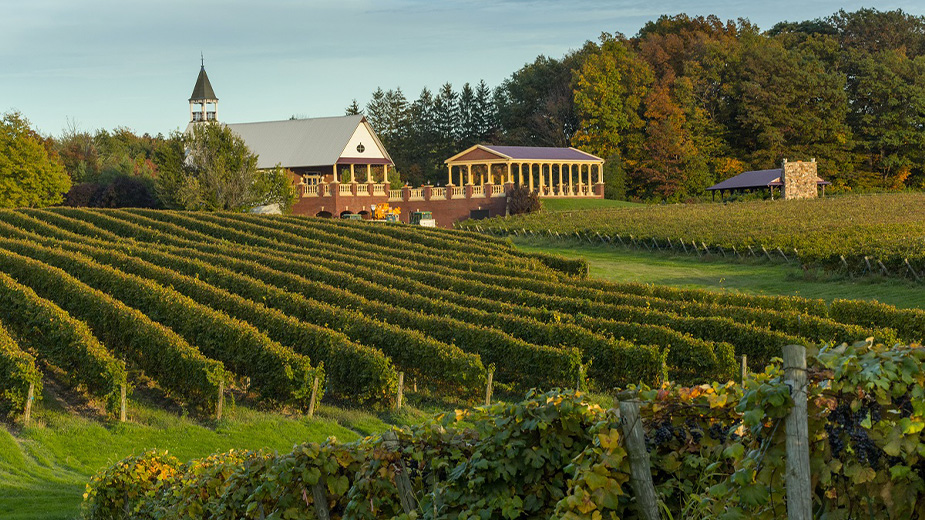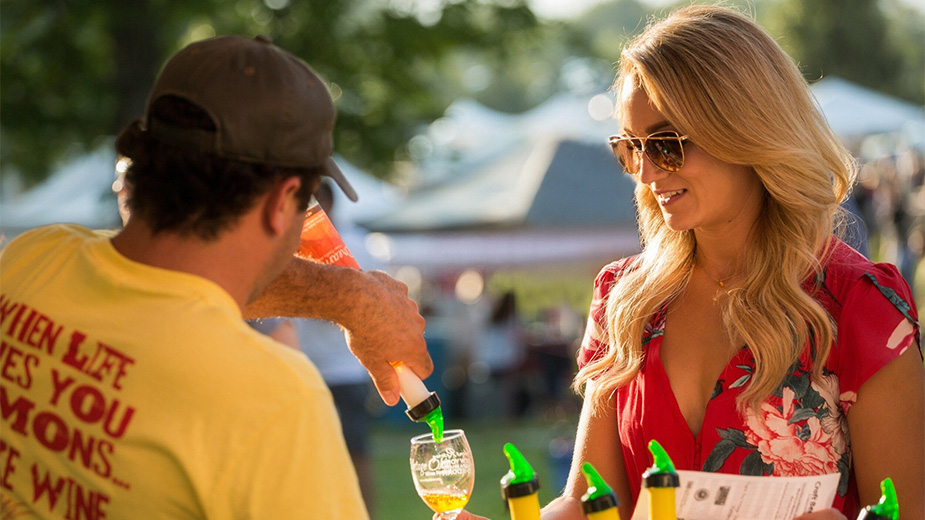Column | You Can Judge a Red by Its Color
By Donniella Winchell
Executive Director, Ohio Wine Producers Association
GENEVA, Ohio – As we enter the cold months, red wines are typically the color of choice.
There are myriad shades of red, and lots of varieties from which to choose.
When red wine is poured into a glass, the color observed will tell a lot about the grapes that produced it. Before taking a sip, color can reveal the number of years since the fruit was harvested as well as what a taster might expect on the palate.
The shades of red in red wines are certainly not uniform in their coloration. These variations come from many sources, with the grape variety is the most obvious differentiation. Growing conditions fluctuate from season to season. Our latitude position on the globe is another factor. A winemaker’s cellar techniques create additional variables and the length of time the liquid has been in the bottle is also a factor.
Cabernet Sauvignon grapes are darker than Grenache; Syrah fruit is deeper in color than Gamay grapes. When these bunches go through a grape press, the juice that results is the beginning of the differentiation. The resulting range of shades is immense and the descriptors sound as though they might have come from a Crayola crayon box: almost black, deep purple, rich garnet, ruby red, dark violet, maroon to rosy, pink.
Mother Nature also plays a significant role, especially in northeastern Ohio because we grow cool climate varietals and our growing seasons vary so dramatically from one year to the next. During long hot growing seasons, local vintners produce elegant, fruit forward Cabernet Francs. But when a summer is damp, cold and has less than average sunshine, the same vineyard will yield grapes more suited to a Cabernet “Blush” than a dark red variety. Each grape type has its own schedule for ripening depending on annual weather conditions.
Geography is important. While we can create lovely reds in our region, especially using varietals like Pinot Noir and the French American hybrid Chambourcin, our latitude and general climactic conditions do not allow for the production of “Napa-floor”’ or Bordeaux deep red and complex Cabernet Sauvignons. Most of our Cabs are very pleasant, but generally lighter bodied with fresher fruitiness than those produced by our friends on the West Coast or in the French vineyards.
Other variations are the result of how grapes are handled in the cellar. Long exposure to the crushed grape skins not only contributes rich tannins in many wines, but as primary fermentation takes place with skin contact, substantial color pigments are extracted. If reds come into the cellar and are quickly pressed and transferred to tanks, the resulting wines are more of a blush style. And wines fermented in oak lose color intensity more quickly than bottle aged ones.
The age of the wine is a significant factor: young reds will have a purplish cast while older fine wines often are described as “brick red.” As a general rule of thumb, most reds lose color intensity as they mature, either in the barrel or in the bottle.
As an experiment, one evening during the upcoming holiday season, gather a few friends and invite each to bring a favorite red for the evening’s tasting. When they arrive, set enough stemware so that each variety will be poured into a separate glass. Divide the wines by color, from dark to light. Then wrap each bottle in foil or put each in a brown bag so guests cannot see information on the labels as they pour and taste. Make sure the room is well lighted, the glasses have a “cut” edge with no obvious “bead” and that the table is covered with a white cloth to provide a good background for comparison. Pour just two fingers of wine into each glass and arrange them so that there is a semicircle of wine in front of each guest and that the order of the pour is the same for everyone. Provide some note paper for each person.
Once the evening begins, tasters should begin by tilting each glass to a 45-degree angle, observe the various elements. They can talk about varying colors, describing each as they would if they were selecting crayons. After the wines are tasted, uncover and share the bottles. It will be interesting to compare the vintage dates with the grape types, etc.
And the evening should offer some lively conversation among soon to be wine experts.
Copyright 2024 The Business Journal, Youngstown, Ohio.



